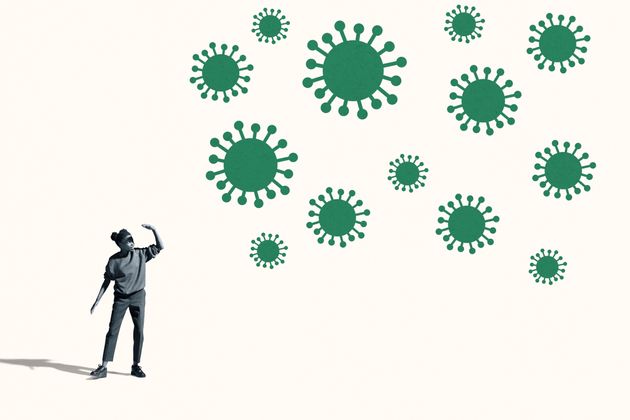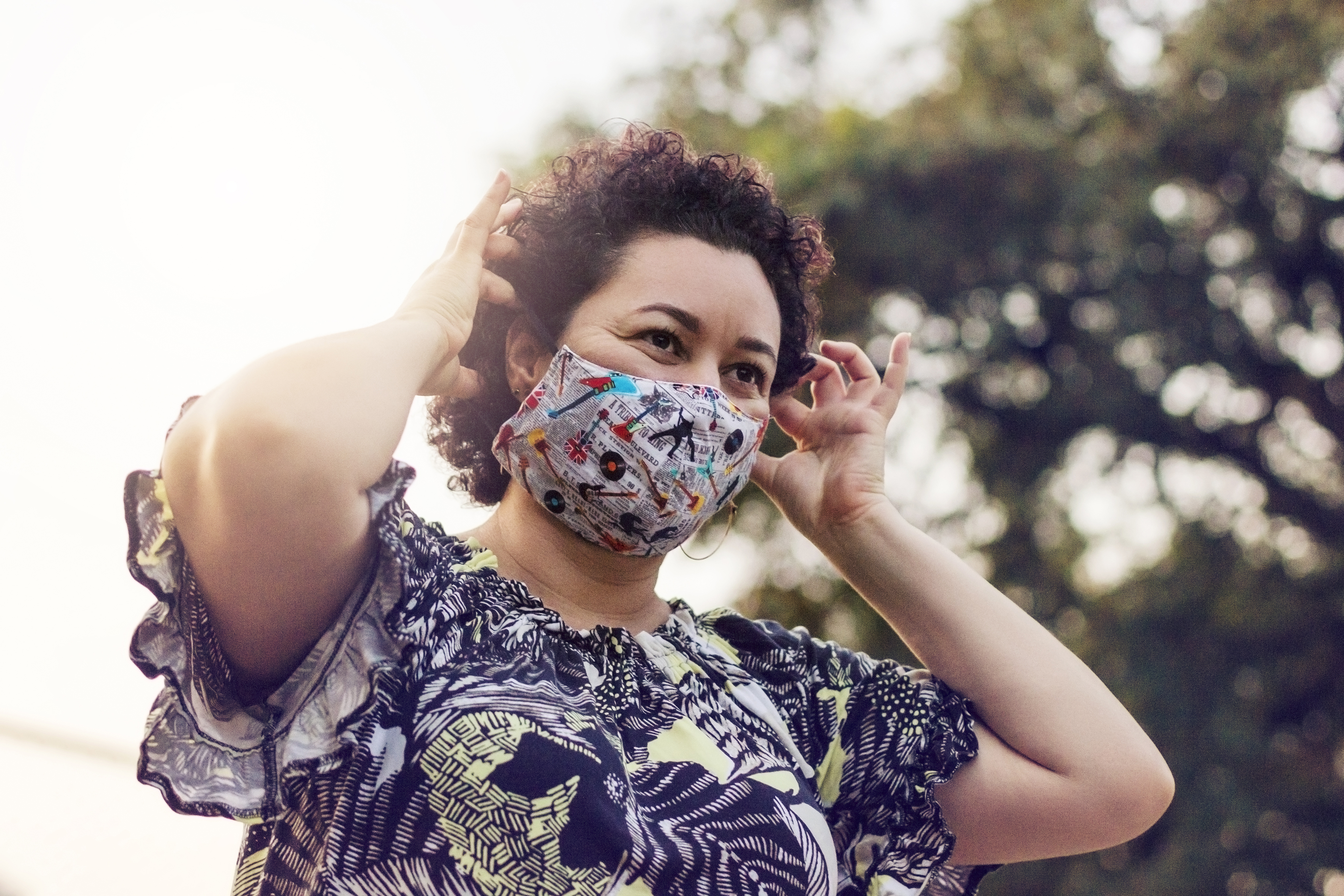
If we want to stop the spread of Covid-19, we should focus on tackling airborne transmission and improving indoor ventilation, a group of respiratory experts have said.
Airborne transmission is when the virus survives in aerosol droplets – tiny particles that linger in the air after we talk, cough or sneeze – then infect other people when they breathe them in. It’s considered to be the primary route for coronavirus to spread – however, globally, there’s reluctance to talk about, or acknowledge, this.
Writing in an editorial in the British Medical Journal (BMJ), respiratory experts from the universities of Leicester, Hong Kong, Virginia Tech, Edinburgh Napier and NHS Lanarkshire argue Covid-19 is most likely to transmit between people at close range through inhalation, rather than through surface contact or longer range airborne routes. But, they note, those routes can also be responsible.
They believe we need to acknowledge the virus is airborne, so more focus can be placed on improving ventilation in indoor settings – especially as lockdown restrictions ease and people return to work.
Why is there a reluctance to talk about airborne transmission?
The World Health Organisation (WHO) has acknowledged for some time that airborne transmission of SARS-CoV-2 can occur during medical procedures that generate aerosols. And it has, along with the scientific community, discussed whether the virus may also spread through aerosols in the absence of aerosol generating procedures – like in indoor settings with poor ventilation.
Writing in the BMJ, scientists suggest the reluctance to recognise airborne transmission stems from confusion around terminology introduced during the last century. There are “poorly defined divisions” between the terms droplet, airborne and droplet nuclei transmission, they say, which has led to misunderstandings over the physical behaviour of these particles.
Some scientists refer to the larger, short range particles as droplets and the smaller, long range particles as droplet nuclei, but the respiratory scientists argue they are all aerosols because they can be inhaled directly from the air.
To simplify the situation, they write: “Essentially, if you can inhale particles – regardless of their size or name – you are breathing in aerosols.” And this points to airborne transmission. Although this can happen at long range, as has been seen in some studies, airborne transmission is more likely to occur during close contact, they said. This is because the aerosols between two people are much more concentrated at short range, like being close to someone who is smoking.
Experts say people infected with SARS-CoV-2 produce many small respiratory particles full of the virus as they exhale. Some of these will be inhaled almost immediately by those within a typical conversational “short range” distance of less than one metre, while the remainder will disperse over longer distances – more than two metres – to be inhaled by others further away.
The Centers for Disease Control and Prevention (CDC) in the US updated their guidance in October to include information about the airborne spread of Covid-19 – acknowledging that “some infections can be spread by exposure to virus in small droplets and particles that can linger in the air for minutes to hours.”
Okay, so why is ventilation important?
Preventative measures like wearing masks, keeping your distance, and reducing indoor occupancy all help reduce the usual routes of transmission, whether through direct contact with surfaces or droplets, or from inhaling aerosols.
However, the experts warned in the BMJ that there needs to be added emphasis on ventilation because the tiniest suspended particles can remain in the air for hours and these are an important route of transmission.
Measures to ensure air is replaced or cleaned are important, which means opening windows, installing or upgrading heating, ventilation, and use of air conditioning systems, they said.
A government document by the SAGE Environment and Modelling Group acknowledges it’s possible aerosol transmission plays a role in super spreading events, which it notes “tend to occur in poorly ventilated indoor spaces”.
Good ventilation of indoor spaces will dilute and remove virus in the air, reads the SAGE report, which suggests people shouldn’t spend long periods of time in poorly ventilated spaces with others. It recommends organisations take steps to ensure appropriate ventilation provision and improve ventilation or limit the occupancy of spaces that have inadequate ventilation.
By focusing on improving indoor air quality through better ventilation, it not only prevents the spread of Covid but could also help reduce a range of respiratory viruses and allergies in the workplace, and prevent people from being off sick.
The experts concluded: “Covid-19 may well become seasonal, and we will have to live with it as we do with influenza. So governments and health leaders should heed the science and focus their efforts on airborne transmission.
“Safer indoor environments are required, not only to protect unvaccinated people and those for whom vaccines fail, but also to deter vaccine resistant variants or novel airborne threats that may appear at any time.
“Improving indoor ventilation and air quality, particularly in healthcare, work, and educational environments, will help all of us to stay safe, now and in the future.”





